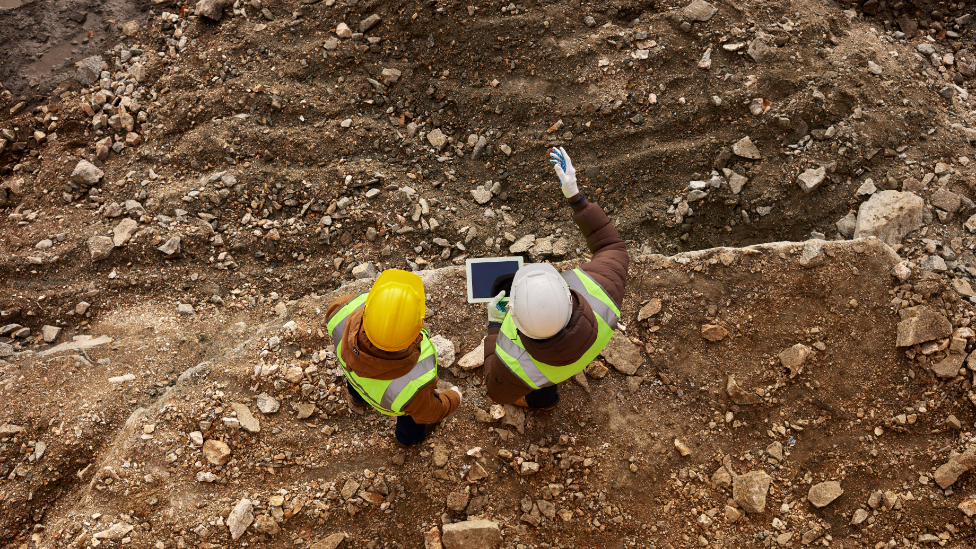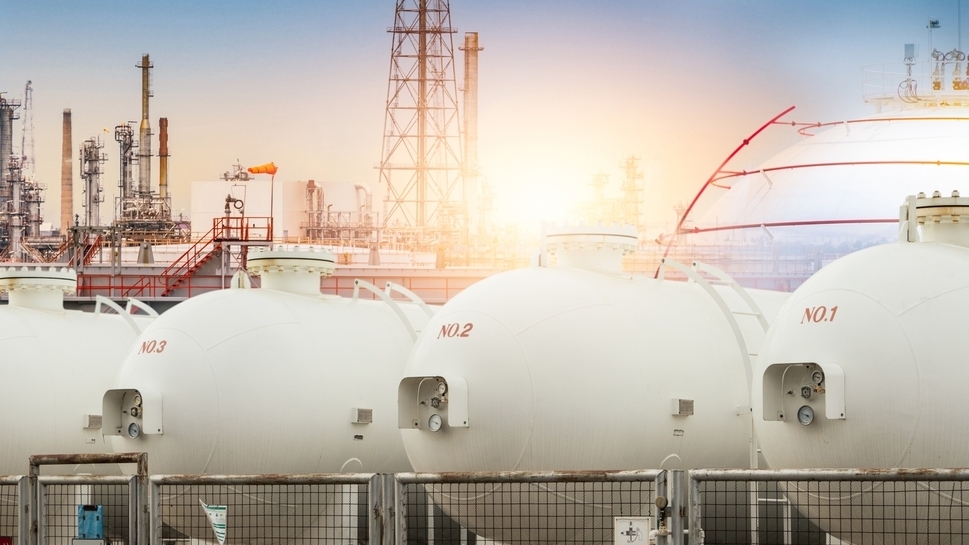
Turkey’s rare earth discovery ‘second largest’ in the world
The Turkish government claims to have discovered 694 million metric tons of rare earth materials.
The Turkish government claims to have discovered what is reportedly the world’s second-largest deposit of rare earth materials, second only to China.
The Turkish Ministry of Energy and Natural Resources has reported the discovery of 694 million metric tons of rare earth materials in the Beylikova region of Eskişehir, over 180 miles south of Istanbul.
A production facility is now being established in the region, with President Erdogan saying in a recent speech: “After the trial production results, we will start the industrial facility investment.
“Our goal is to process 570 thousand tons of ore annually when this facility reaches full capacity, 10 thousand tons of rare earth oxides, 72 thousand tons of barite, 70 thousand tons of fluorite, and 250 tons of thorium.”
Such rare earth materials – of which there are 17 - play a vital role in energy transition.
These materials have numerous uses in circuitry and batteries that are vital for electric vehicles, solar panels, wind farms, and other elements of energy grid electrification.
Their name is misleading as their abundance is not overly scarce. Instead, they are costly to mine and process cleanly.
China currently has the world’s largest reserve of rare earth materials. This is widely estimated to be around 800 million metric tons.
Rare earth materials’ importance in supply chains is coming under greater scrutiny from investors, many of whom want to access this theme where possible.
It is too early to say if Turkey’s apparent discovery of rare earth materials is enough to upset commodity markets according to ETF provider WisdomTree head of commodities and economic research (Europe) Nitesh Shah.
“The detail is not there yet and it’s quite vague,” says Shah. “Is [this 694 million metric tons] just the rock or the estimation of the refined ore that can come out of that? If it is the latter, the reality could be a lot less – only 0.2% of rock can be converted into the actual ore.”
More meaningful for Shah is what such a discovery – if as advertised – could mean for supply chains as a whole.
“Turkey has found rare earth materials that people don’t have great access to which is meaningful if they can challenge China which is dominant there,” says Shah. “Turkey does not have a huge amount of refining capacity, however, and it needs to build out this expertise. I don’t think the supply of rare earth materials will change overnight.”




